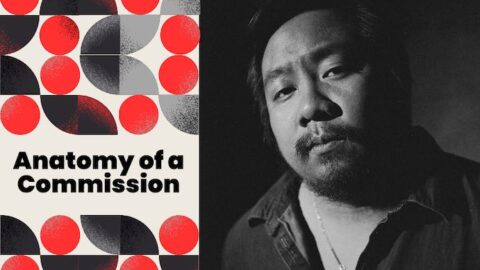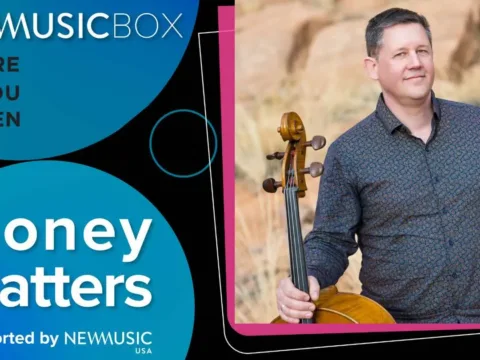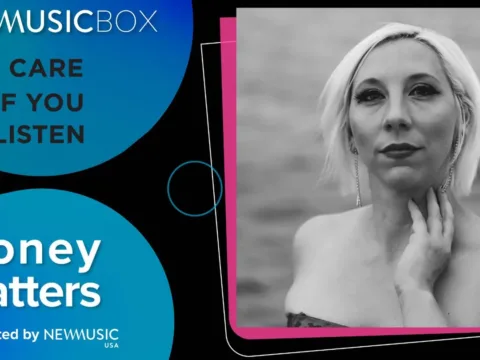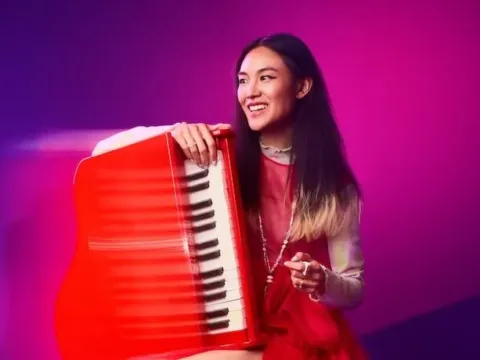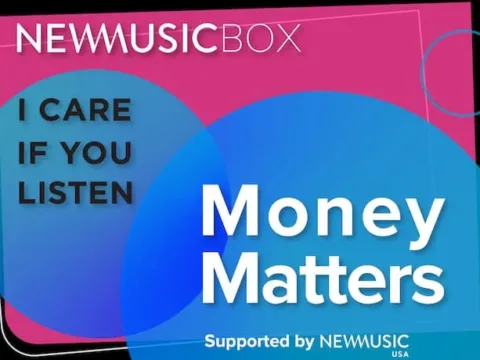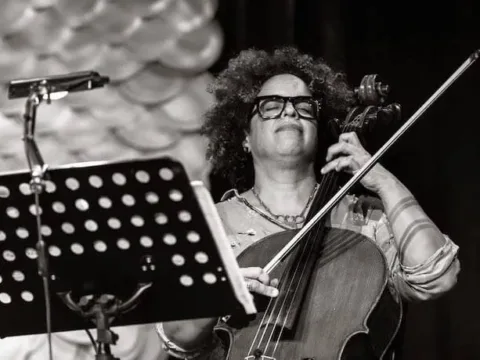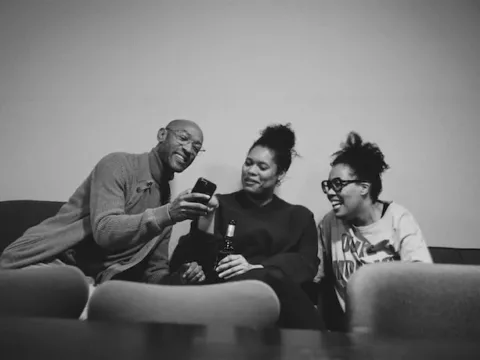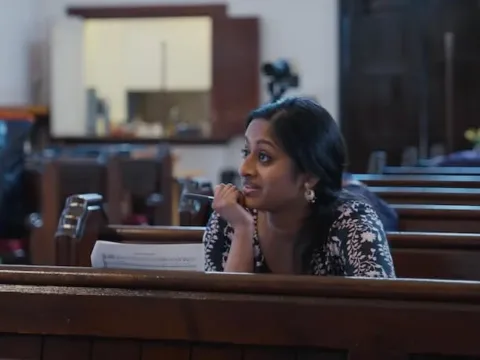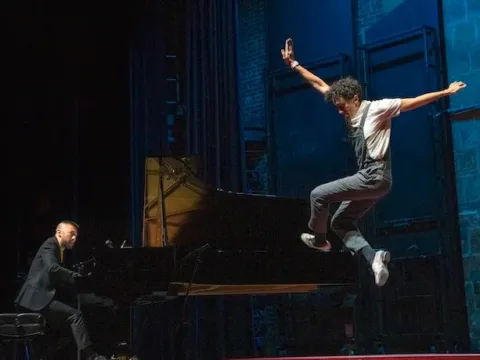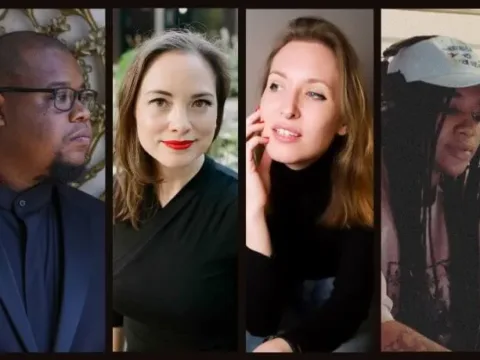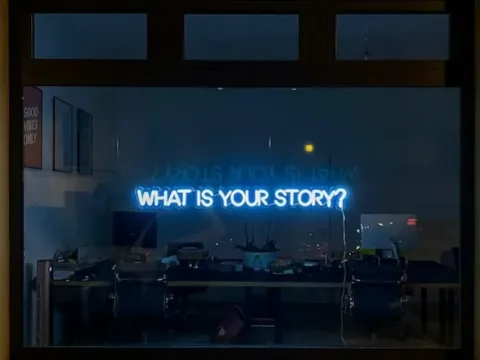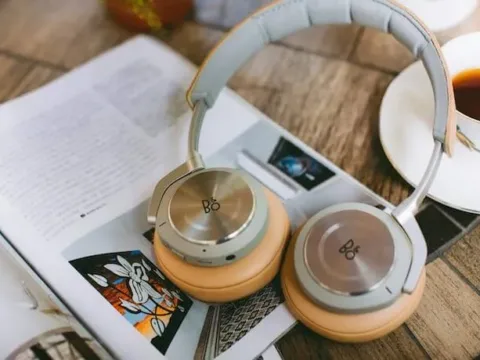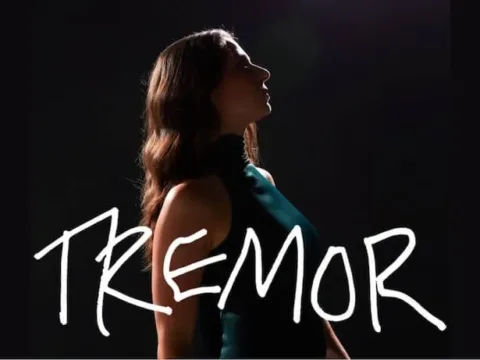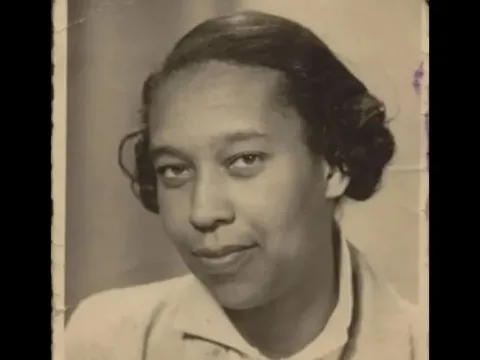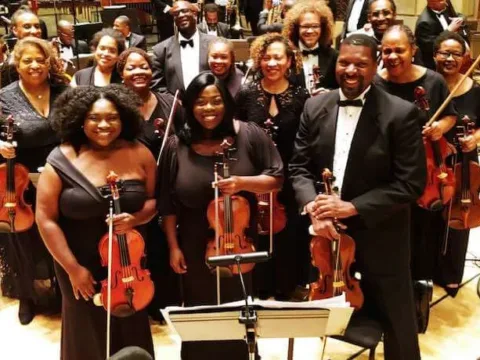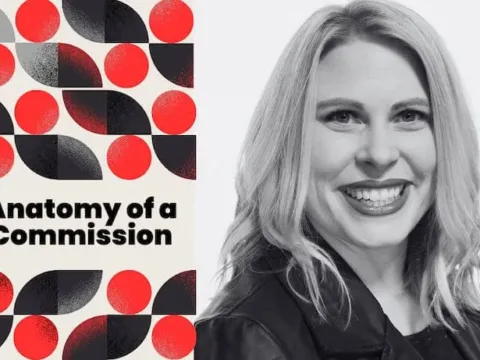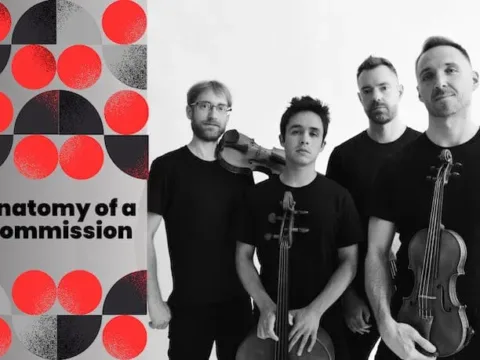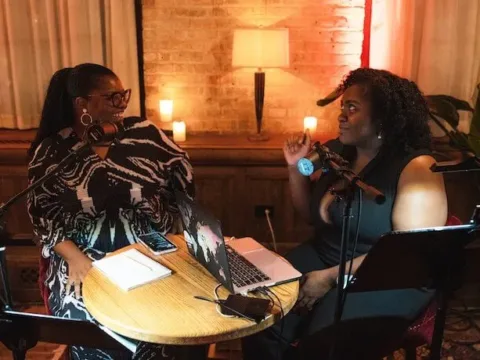Designed for both music creators and their collaborators, “Anatomy of a Commission” is a digital resource that aims to increase transparency about the commissioning process. For more information about the initiative, visit American Composers Forum’s website.
I distinctly remember a conversation I had with some painters at a residency a few years ago. I told them I was struggling with a commission. They asked me what the commissioner wanted, and I told them there really wasn’t a specific prompt for the commission other than the instrumentation. That initially seemed like a dream situation to them, but I told them I was specifically struggling to balance my own creative voice with the ensemble’s strengths and weaknesses. And then… there was a visible moment of confusion when they realized it wasn’t a patron commissioning the new work – it was the ensemble.
This moment sums up a career’s worth of confusion on my end about the composer-ensemble commissioning model. Why are we operating in a system where one artist commissions another within the same medium, and is there a better way to approach commissioning musicians? To figure this out, I think it’s beneficial to consider how commissioning works for other creative disciplines, and what role commissions play in an artist’s career.
What even is a commission?
From the visual artist’s perspective, a commission is directly connected to a patron. Someone (typically not another artist) hires an artist to make a new work for them. This can range from hotel sculptures and massive portraits that sit in some rich dude’s living room to charcoal drawings of someone’s dog. In most cases, these commissions aren’t for gallery exhibitions, but are made for the specific commissioner. The commission becomes an act of service to the commissioner, fulfilling a tangible need.
The artist knows exactly who their audience is, and their job is to fulfill a prompt. Commissioned work is rarely the main part of their creative practice. Instead, commissions function as a means to an end to fund their personal projects or their exhibition work. For a lot of artists, the goal is to take just enough commissions to support the rest of their practice: making work that isn’t restricted by the needs of commissioners.
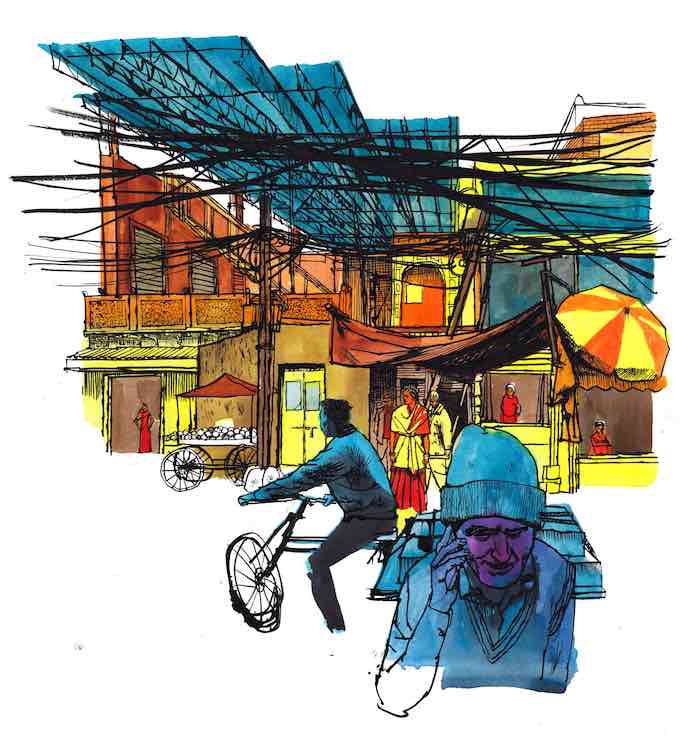
Issues with the Current Composer-Ensemble Commission Model
Visual art commissions are drastically different from the composer-ensemble model, where an ensemble commissions a composer to make a score for them to perform. For commissions coming from larger institutions (i.e. orchestras and opera companies), there is likely a dedicated development staff working to make sure there’s funding to (hopefully) fairly pay composers and performers alike. While it certainly comes with its own baggage, a composer can more often go into commission negotiations with these institutions asking to be fairly compensated for the creative effort that goes into making a score.
However, until you’re at a point in your career where you’re able to consistently get support from major institutions or donors, the composer-ensemble commissioning model can actually feel like a pretty parasitic relationship. For smaller ensembles, making enough money to both pay performers and commission colleagues is nearly impossible with ticket sales alone, so musicians are still at the mercy of grant funds and other institutions to make their work possible.
Even worse, for these smaller organizations, it’s often the performers themselves spending time fundraising and applying for grants. Composers should certainly be paid fairly, but it’s a tough pill to swallow if you know your compensation is coming off the backs of your performer colleagues. While composers and performers are certainly working on the same side creatively, it often doesn’t feel like working on the same side financially.
Composers and performers depend on each other and need each other in order to succeed and grow. Each individual’s success benefits from the overall community’s growth, but it’s harder for the whole community to grow if we as individuals are continually dividing the same institutional resources amongst each other without considering different ways of bringing in money.
[Tweet “It’s harder for the whole community to grow if we as individuals are continually dividing the same institutional resources amongst each other without considering different ways of bringing in money.”]
This brings me to the question of who exactly a commission serves, since there’s a noticeable lack of consideration or care for the audience when talking about commissions in new music. Much of the composer’s attention is on pleasing the performers – which makes sense, because they are the ones paying for it, after all. But the composer and performer are actually both working in service of an audience – where are they in any of the negotiations? What does the audience actually want?
The biggest blind spot in audience consideration happens with diversity and inclusion commission efforts. It’s absolutely great that BIPOC and otherwise underrepresented artists are getting the spotlight and getting commissioned work, but the marginalized communities these artists come from are rarely actually the audience. If this is to change, the commission should be working to fulfill the needs of these communities.
And finally, there’s the issue of limitations on the composer’s broader practice. For visual artists, the cost of taking time away from their dedicated practice is baked into the commission fee, the idea being that if they finish the commissioned piece, there’s enough money left over to afford to put time towards developing their exhibition work. However, for composers, it’s extremely hard to justify the time and effort it takes to create a non-commissioned score because it may never come to life. Instead, composers bounce from commission to commission with very few personal projects in between, treating these commissions as their main body of exhibition work.
The problem is composers need the ability to swing for the fences and utterly fail at an idea so they can work out and develop things. But failing at these big swings can be extremely difficult to realize during a commission because of how long it takes for an idea to play out, from putting it in the score, to giving it to the performers, and finally coming to a rehearsal and realizing something isn’t working. No composer wants to be put in that professional position of failure in front of their colleagues, but it’s actually absolutely necessary if any artist is wanting to push beyond their own creative ability.
Rethinking the Composer-Ensemble Relationship
Without access to institutional funding, early career musicians are finding it harder and harder to afford to commission their composer colleagues, and composers can’t afford to hire musicians for performances. So many composers have taken to performing their own works. The composer-performer is becoming more and more common as a practice; in fact, it’s becoming increasingly rare to be able to just compose for other musicians as your only form of creative output. Many early career composers are exploring performance, visual arts, and writing as a way of building a creative practice that isn’t dependent on other artists to execute.
Ensembles are also increasingly becoming self reliant, developing their own writing practice and composing works for themselves. The individual roles of composer and performer are desegregating out of necessity, and the model is shifting toward something closer to a band, where musicians are all collaboratively contributing.
What if we re-oriented and looked at this relationship purely as a collaborative and creative pursuit, rather than anyone providing a singular service to another?
As musicians are becoming more well rounded and exploring more creative practices, the relationship between composers and performers should be adapting to reflect this. The current artist-to-artist commissioning model really only gives room for the composer to wear their composer hat, and the performers to wear their performer hats. But what if we re-oriented and looked at this relationship purely as a collaborative and creative pursuit, rather than anyone providing a singular service to another? Think of it as a short-term partnership, where the composer becomes an additional temporary member of the ensemble. The core idea is that everyone is contributing creatively toward a shared goal, and gets to contribute their whole creative identity to whatever work is made during that time. As the creative workload is more evenly spread, both the pay and writing credit also gets to be more equitable between everyone.
Sō Percussion comes to mind as a leading example of this sort of new relationship. Rather than thinking in terms of an isolated commission, they are bringing a bunch of collaborators together for performances in their Sō Percussion and Friends series, and projects like their collaboration with Dominik Shodekeh Telifero. While there are still primary compositional voices providing the overall structure and idea in their collaborations, the works are less rooted in a score and instead emphasize how the work evolved in rehearsals. Ideas are iterated over time, and creative decisions are made together rather than passed down from a singular compositional voice, which opens things up for the performers to carve out space for their own creative ideas.
Working more directly together without the proxy of a score – or at the very least, a looser adherence to a score – provides more opportunities for experimentation as musicians are able to more quickly respond and adapt when ideas aren’t working, or continue to follow threads of new ideas that are working. And it also opens up the possibility for collaborators that don’t come from a Western classical background.
A different concept of commissioning
If we could transform the composer-ensemble relationship into something more generative and less rooted in the transaction of commissioning fees, this would allow us to think about how to offer commissions directly to audience members and communities. Going back to thinking about commissions from a visual perspective, these works are not meant for a general audience; it’s a unique work for a private, personal space and private audience. That isn’t to say that a commissioned work can’t also have a broader reach, but at the very least, it has to resonate with the person who commissioned the work.
One of my favorite examples of an extremely accessible way to receive commissions directly from the audience is Ben Seretan’s Tone Zones. The commissioner receives a custom, made-to-order, 10-minute ambient piece. While pieces commissioned as a dedication for someone have been common practice, those pieces are still often meant to be played for a wider public. Something like this, however, feels more special – there’s no plan to upload these tone zones on streaming platforms or play one for an audience at a ticketed venue. It becomes something deeply personal for the commissioner.
Tone Zones are just one example, and that’s certainly not going to be something that works for everyone’s practice. While I don’t have a catch all solution for how an individual composer should go about setting up these direct-to-audience commissions, I would implore composers to think about the communities around you beyond your circles of artist colleagues, consider how music functions in these people’s lives, and how your own music could offer something to those people. This could range from wedding ceremonies or celebrations to more common things like music for meditations or workouts. While there’s plenty of music already available that fills these roles, having music made specifically for you and your needs can be an exceptionally rewarding thing as a listener.
This also isn’t necessarily groundbreaking or new – this is essentially a return to a much earlier era of how music was funded and produced. Music played clear functional roles in society when things were focused around the church or folk practices of music. Music still plays a big role in people’s lives outside of the concert hall today, and this feels like an interesting place to revisit.
The big commissions from orchestras, opera houses, and other institutional bodies will continue to exist, but incorporating more direct-to-listener commissions gives us as musicians more flexibility and agency when we don’t consistently have access to these institutions.
Anatomy of a Commission is a program of the American Composers Forum and is supported, in part, by a grant from the National Endowment for the Arts. Additional support is provided by Augusta Gross and Leslie Samuels, Rob Mason, and the Virginia B. Toulmin Foundation.
I CARE IF YOU LISTEN is an editorially-independent program of the American Composers Forum, and is made possible thanks to generous donor and institutional support. Opinions expressed are solely those of the author and may not represent the views of ICIYL or ACF.
You can support the work of ICIYL with a tax-deductible gift to ACF. For more on ACF, visit the “At ACF” section or composersforum.org.
